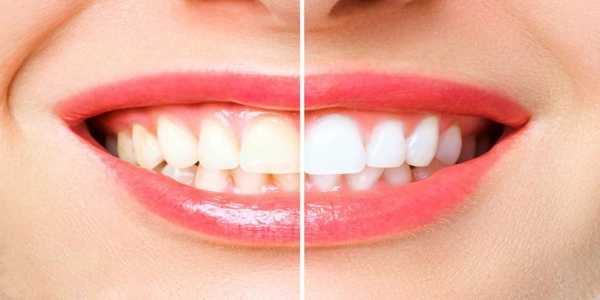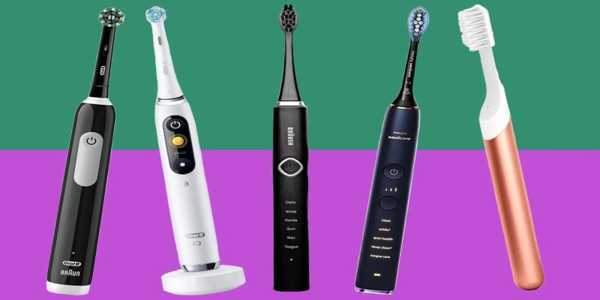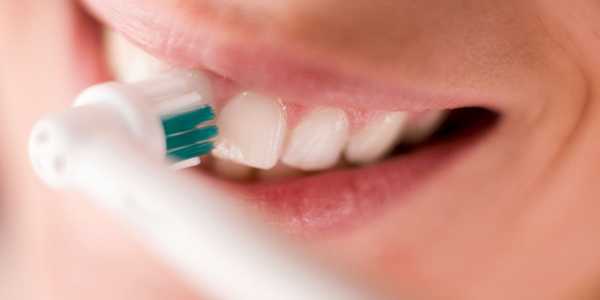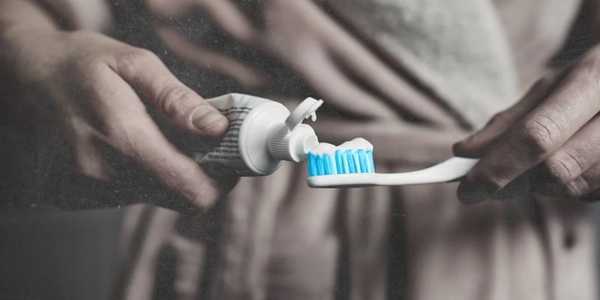How To Use An Electric Toothbrush For a Cleaner Smile
Are you struggling to achieve that perfect clean feeling with your manual toothbrush? Learning how to use an electric toothbrush properly can transform your oral hygiene routine and deliver the cleaner smile you've been seeking.

Why Electric Toothbrushes Deliver Superior Results
The science behind electric toothbrushes is compelling and backed by extensive research. Clinical studies consistently demonstrate that electric toothbrushes remove 21% more plaque than manual brushing, while reducing gingivitis by up to 11% more effectively. This isn't just marketing hype—it's a measurable improvement in your oral health.
Two primary technologies drive these impressive results. Oscillating-rotating brushes, such as those from Oral-B, utilise circular motions at 8,800 oscillations per minute to physically dislodge plaque from tooth surfaces. Sonic toothbrushes, such as Philips Sonicare models, generate up to 31,000 brush strokes per minute, creating fluid dynamics that clean beyond direct bristle contact.
Beyond plaque removal, electric toothbrushes promote superior gum health through consistent pressure and motion. Built-in timers ensure adequate brushing duration, while pressure sensors prevent aggressive brushing that can damage enamel and irritate gums. This combination of enhanced cleaning power and protective features makes electric toothbrushes the gold standard for daily oral care.
Master Your Electric Toothbrush Technique in 7 Simple Steps
Now that you understand the advantages, let's explore the proper technique that will maximise your results. Follow these steps for optimal cleaning effectiveness:
Step 1: Select the Right Brush Head - Choose a soft-bristled head appropriate for your needs. Standard heads are suitable for general cleaning, compact heads are ideal for smaller mouths, while specialised heads address specific needs such as sensitive teeth or gum care requirements.
Step 2: Apply Gentle Pressure - This is crucial: let the brush do the work. Apply only light pressure—most electric toothbrushes have built-in pressure sensors that alert you when you're applying too much pressure. Excessive force can damage enamel and irritate the gums.
Step 3: Position at the Correct Angle - Hold the brush at a 45-degree angle to your gumline. Unlike manual brushing, avoid scrubbing motions. Guide the brush head slowly along each tooth surface.
Step 4: Follow the 30-Second Quadrant Rule - Divide your mouth into four sections: upper right, upper left, lower right, lower left. Most electric toothbrushes come with built-in timers and quadrant alerts to guide you through your brushing routine.
Step 5: Move Systematically - Progress methodically from tooth to tooth, spending 2-3 seconds per surface. Cover outer surfaces, inner surfaces, and chewing surfaces without rushing.
Step 6: Focus on Problem Areas - Dedicate extra time to the gumline, back molars, and areas around dental work. These zones typically harbour more plaque and require additional attention.
Step 7: Avoid Common Mistakes - Don't press hard, use manual scrubbing motions, or rush through quadrants. These habits reduce cleaning effectiveness and can cause damage.
Selecting Your Perfect Electric Toothbrush Match
With proper technique mastered, choosing the right electric toothbrush becomes your next priority. The market offers numerous options, but two brands consistently lead in performance and reliability.
Oral-B electric toothbrush models feature oscillating-rotating technology with round brush heads, providing targeted cleaning action. Their premium models feature multiple cleaning modes, pressure sensors, and smartphone connectivity, providing personalised feedback.
Philips electric toothbrush options utilise sonic technology, generating up to 31,000 brush strokes per minute. This creates fluid dynamics that clean between teeth more effectively than traditional oscillating models.
Budget considerations matter too. Entry-level models ($25-$50) offer basic cleaning modes and 2-minute timers, while premium versions ($100-$200) include advanced features such as multiple intensity settings and real-time coaching.
Key features to prioritise include built-in timers for proper brushing duration, pressure sensors to prevent enamel damage, and multiple cleaning modes. For sensitive gums, choose models with gentle modes and soft brush heads. Those with braces benefit from specialised orthodontic brush heads.
Consider long-term costs: Oral-B replacement heads average $5-8 each, while Sonicare heads cost $8-12, requiring replacement every 3 months. Evaluate your specific oral health needs, budget constraints, and preferred cleaning technology to make an informed decision about your oral care.
Unlock Maximum Benefits from Your Investment
Owning an electric toothbrush is just the beginning—optimising its performance requires strategic maintenance and smart integration into your routine.
Replace brush heads every 3-4 months or when the bristles begin to fray. Worn heads reduce plaque removal effectiveness by up to 30%, negating the benefits of your investment. Use fluoride toothpaste sparingly; a pea-sized amount prevents excessive foaming that can interfere with the brush's mechanical action.
Integrate your routine strategically: brush first, then floss to remove loosened debris, followed by antimicrobial mouthwash. Many premium models, like Oral-B's iO series, offer real-time pressure feedback and position tracking. Utilise these innovative features to develop a consistent technique.
Set reminders for brush head replacement and track your brushing habits through companion apps. Proper charging and storage extend your toothbrush's lifespan while maintaining optimal performance.

Avoid These Performance-Killing Mistakes
Even with the best electric toothbrush, common mistakes can sabotage your results. The most common error is applying excessive pressure, which can damage enamel and irritate the gums. Remember: gentle contact is sufficient.
Many users rush through sessions, but studies show a 2-minute minimum duration is crucial for optimal plaque removal. Avoid using manual brushing motions with electric brushes, as this reduces effectiveness and causes premature wear on the brush head.
Avoid sharing brush heads with family members, as this can spread bacteria and cause infections. Don't brush immediately after consuming acidic foods or drinks; wait 30-60 minutes to prevent enamel erosion. Finally, replace worn brush heads promptly—they're less effective and can harbour harmful bacteria.
Transform Your Smile Starting Today
Mastering the electric toothbrush technique transforms your oral health routine from mundane maintenance to precision care. The evidence is clear: proper electric brushing removes significantly more plaque than manual methods while being gentler on your gums.
Implement these techniques gradually, focusing on pressure control and timing first, then advancing to optimisation strategies. Your investment in an electric toothbrush only pays dividends when used correctly. Start today—your future self will thank you for the healthier smile and reduced dental bills. Consider upgrading to a model with innovative features if you haven't already; the guidance and feedback accelerate your journey to optimal oral health.
Sources
American Dental Association - Electric Toothbrush Guidelines





